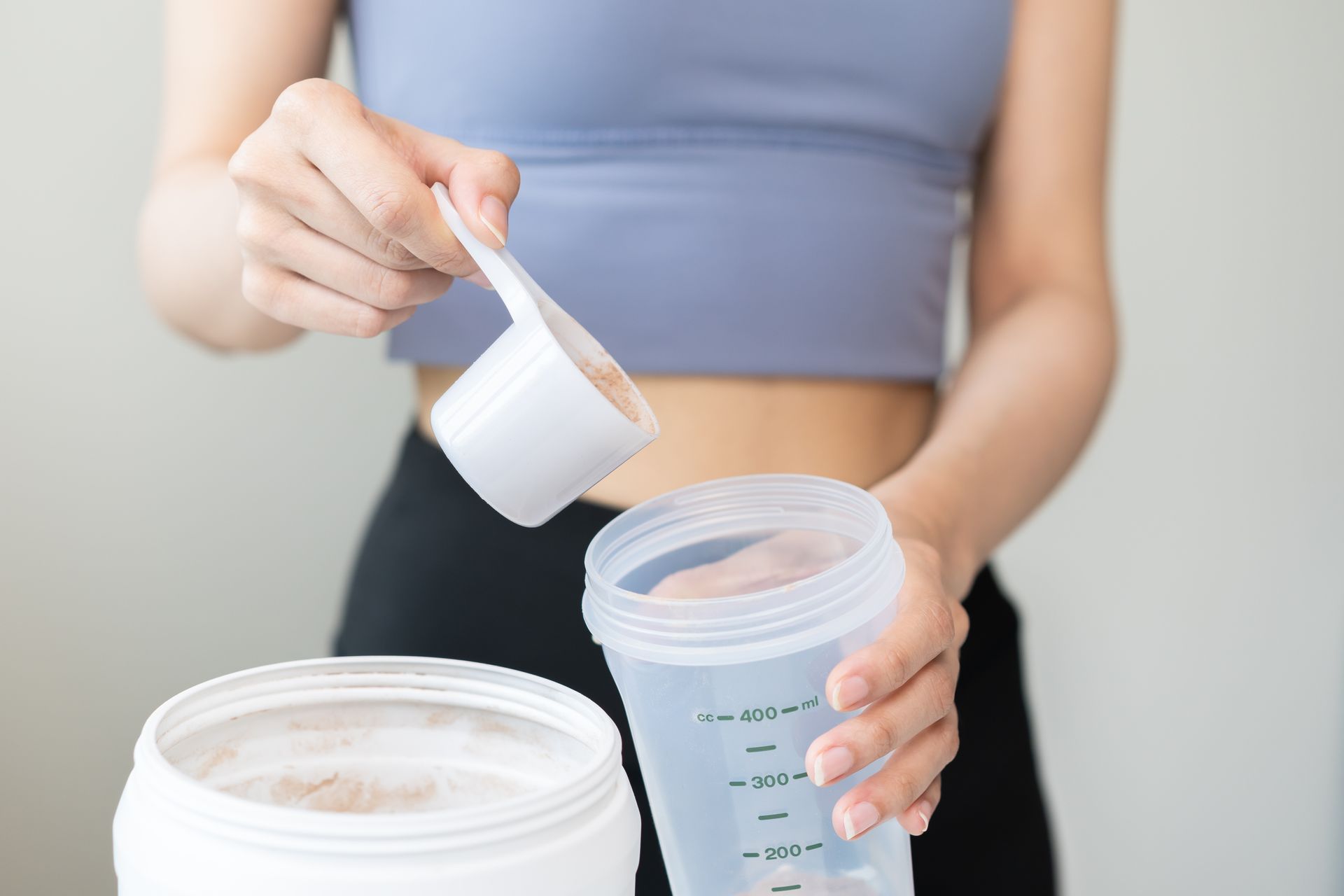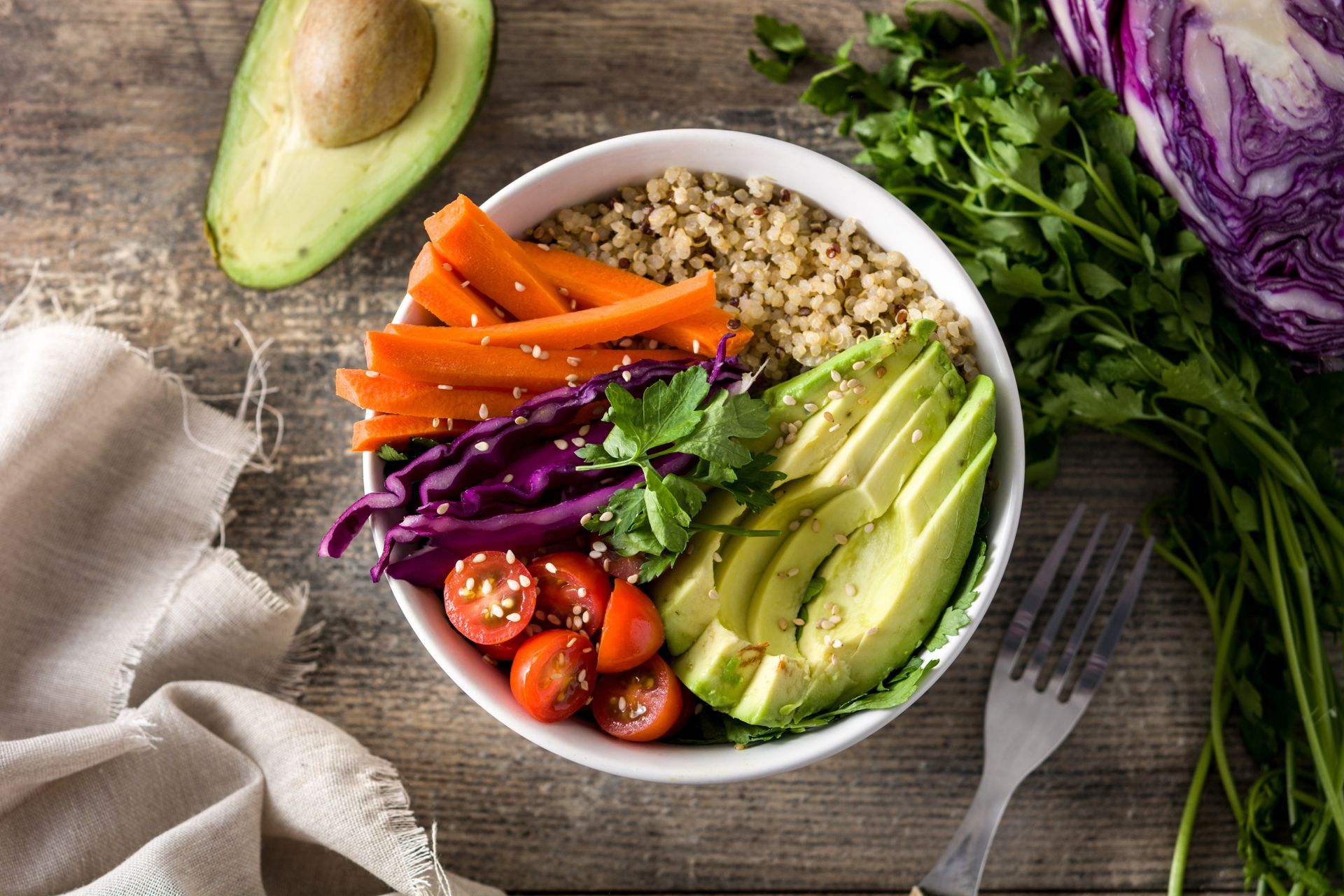By Crystal Demers
•
October 29, 2025
How to Macro Count: A Simple Guide to Fuel Your Fitness Goals If you’ve ever heard people talk about “counting macros” and wondered what the hype is all about, you’re not alone. The good news? It’s not nearly as complicated as it sounds—and it can be a total game-changer for reaching your health and fitness goals! Let’s break it down step by step. What Are Macros? “Macros” is short for macronutrients—the three main nutrients your body needs for energy: Protein: Builds and repairs muscle, helps you stay full, and keeps your metabolism running strong. Carbohydrates: Your body’s main source of fuel. Great for powering workouts and supporting brain function. Fats: Essential for hormone health, joint function, and keeping you satisfied after meals. When you count macros, you’re tracking how much of each you eat—not just calories. Why Macro Counting Works Counting calories can help with weight loss, but it doesn’t tell the whole story. Two people could eat the same calories but have completely different results depending on their macro balance. By tracking macros, you: ✅ Support muscle gain and fat loss more effectively ✅ Keep energy levels stable ✅ Learn what your body truly needs ✅ Still get to enjoy flexibility in your diet (yes, you can have your favorite foods!) How to Figure Out Your Macros There’s no one-size-fits-all formula—it depends on your age, weight, activity level, and goals (like fat loss, maintenance, or muscle gain). But here’s a general starting point: Protein: 0.8–1 gram per pound of body weight Fats: 25–30% of your total daily calories Carbs: Fill in the rest with healthy carbs (think fruits, veggies, oats, rice, sweet potatoes, etc.) For example, if you eat 1,800 calories per day and weigh 150 pounds: Protein: 150g (600 calories) Fat: 60g (540 calories) Carbs: 165g (660 calories) These are flexible starting points—you can adjust based on how your body feels and performs. How to Track Your Macros Here’s the fun part: 1. Download a tracking app like MyFitnessPal or Lose It! 2. Log what you eat throughout the day—most foods are already listed in these apps. 3. Check your daily totals to see how close you are to your goals. It might feel tricky at first, but after a week or two, it becomes second nature! Tips for Success 🥗 Plan ahead—prepping meals or snacks can help you stay on track. 🍳 Focus on whole, nutrient-dense foods most of the time. 🍫 Leave room for flexibility (balance, not perfection, is key). 💧 Stay hydrated—water plays a big role in metabolism and performance. 💪 Listen to your body—your energy, sleep, and mood will tell you if you’re on the right track. Final Thoughts Macro counting isn’t about restriction—it’s about understanding what fuels your body best. Once you learn the balance that works for you, it becomes a powerful tool for reaching your goals and maintaining a healthy lifestyle long-term. Whether your goal is to tone up, build strength, or just feel better in your body, learning your macros might be the missing piece to your fitness puzzle. Fit to try a class, meet our trainers, and discover how fun and achievable a healthy lifestyle can be. Your strongest, healthiest self is waiting. Contact today!











